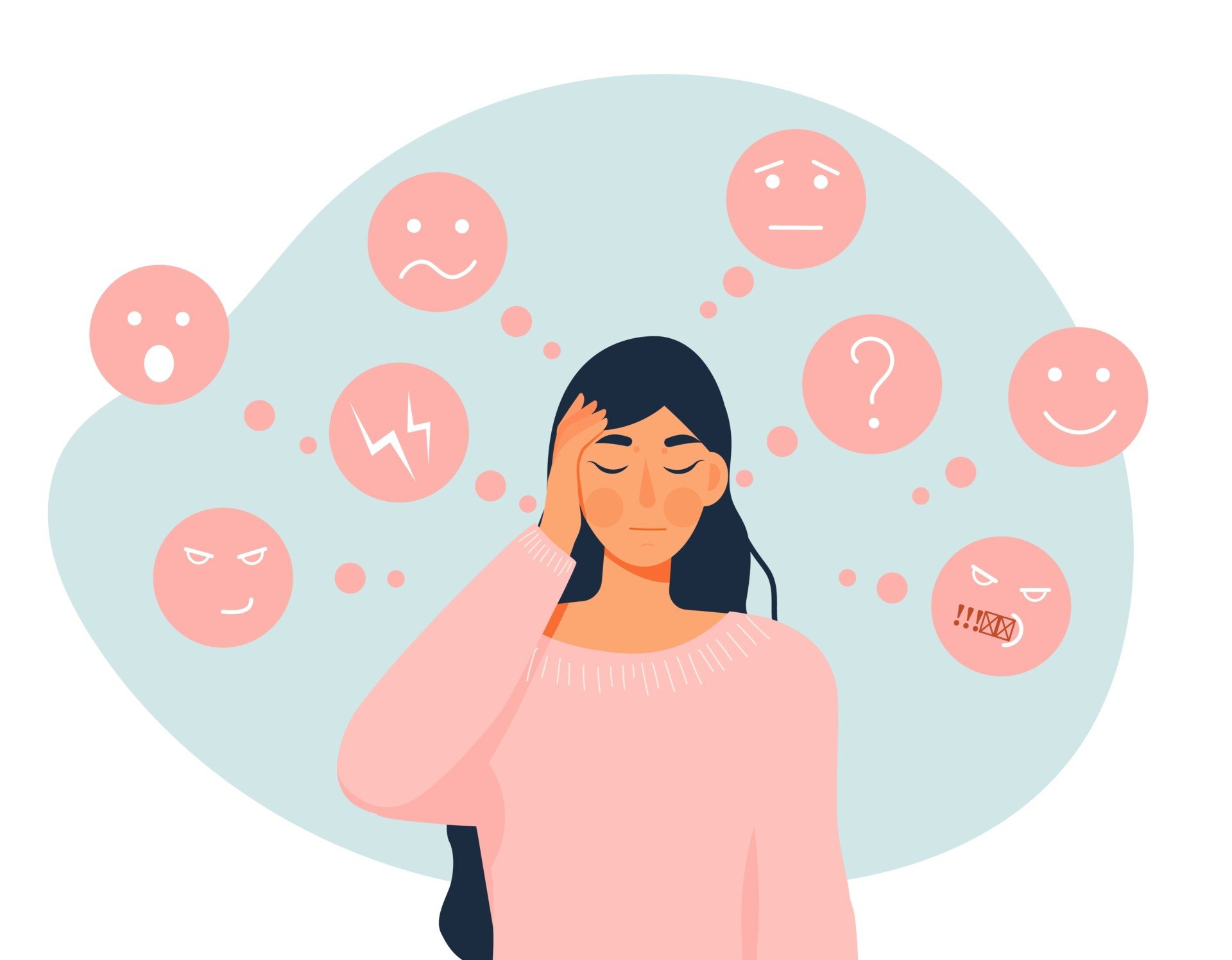Many autistic people feel pressured to conceal their traits to fit into a society that doesn’t always understand or accept them.
This act, known as camouflaging, can involve mimicking social behaviors, suppressing natural responses, or masking signs of autism to appear more “neurotypical.”
Although camouflaging has often been linked to anxiety, depression, and other psychological difficulties, a new study suggests the relationship might be more complex than previously thought.
A new study by Wikke J. van der Putten and colleagues, published in Autism (2025), explores the direction of the relationship between camouflaging and mental health difficulties using a rare longitudinal approach.
Previous research had primarily used cross-sectional designs, limiting the ability to tell whether camouflaging causes psychological distress, or if mental health struggles lead individuals to camouflage more.

The most important finding was that higher levels of camouflaging at the start of the study were linked to a small but statistically significant decrease in mental health difficulties over a two-year period.
In contrast, individuals who reported lower initial levels of camouflaging experienced a slight increase in mental health difficulties. This challenges the widespread assumption that camouflaging directly contributes to psychological harm.
Camouflaging refers to the conscious or unconscious strategies autistic individuals use to hide traits that might be seen as socially unacceptable.
These strategies can include rehearsing conversations, suppressing stimming behaviors, forcing eye contact, or adopting a different persona in public. Although such efforts may help navigate everyday social environments, they are often described as mentally exhausting and emotionally draining.
To investigate the cause-and-effect relationship between camouflaging and mental health, the researchers collected data from 332 autistic adults in the Netherlands, ranging in age from 30 to 84.
Participants completed self-report questionnaires assessing their levels of camouflaging, psychological distress (including symptoms of anxiety and depression), and autism traits at two points in time, spaced approximately two years apart.
The study found that while camouflaging was strongly associated with greater mental health difficulties at the beginning of the study, it did not predict worsening mental health over time.
On the contrary, those who initially camouflaged more experienced a modest improvement in their psychological well-being. Conversely, those who camouflaged less tended to show a slight decline in mental health. Importantly, the researchers emphasized that these effects were small and should be interpreted cautiously.
Interestingly, the reverse was not true: initial levels of anxiety, depression, or other mental health issues did not appear to predict changes in camouflaging behavior.
This suggests that, at least among older autistic adults, psychological distress is unlikely to be a driving factor in whether someone decides to camouflage more or less over time.
For the general public and clinicians alike, the findings offer a nuanced perspective.
Rather than viewing camouflaging as inherently harmful, the study suggests its psychological impact may depend on individual context, motivations, and outcomes.
For some, camouflaging might be a pragmatic strategy to manage social expectations and avoid stigma, potentially reducing stress in the short term.
As one autistic participant involved in the study’s advisory group reflected, camouflaging can be a difficult balancing act—but sometimes a necessary one in a world that still lacks full acceptance of neurodiversity.
Despite these insights, the authors stress that more research is needed to fully understand the relationship between camouflaging and mental health.
One limitation of the study is that it only included two time points, which restricts the ability to draw firm conclusions about causality.
Additionally, the sample consisted mainly of middle-aged and older adults who were mostly diagnosed later in life. This means the findings may not apply to younger people or those diagnosed in childhood, who may camouflage differently or experience mental health impacts in distinct ways.
The study also raises questions about how well current tools capture the complexity of camouflaging.
For instance, the main questionnaire used (the CAT-Q) measures how often someone uses certain strategies, but not how effective or draining they are, or how much effort is required.
Future studies could benefit from exploring factors such as the emotional cost of camouflaging, the contexts in which it occurs, and whether it feels voluntary or forced.
Ultimately, the research underscores the need for personalized approaches in supporting autistic people’s mental health.
Rather than assuming camouflaging is always detrimental, clinicians might instead explore when, how, and why individuals camouflage—and whether it helps or harms their well-being.
By doing so, professionals can better support autistic individuals in navigating social expectations while preserving their sense of self and mental health.
Citation
van der Putten, W. J., Mol, A. J., Radhoe, T. A., Torenvliet, C., Agelink van Rentergem, J. A., Groenman, A. P., & Geurts, H. M. (2023). Camouflaging in autism: A cause or a consequence of mental health difficulties?. Autism, https://doi.org/10.1177/13623613251347104


